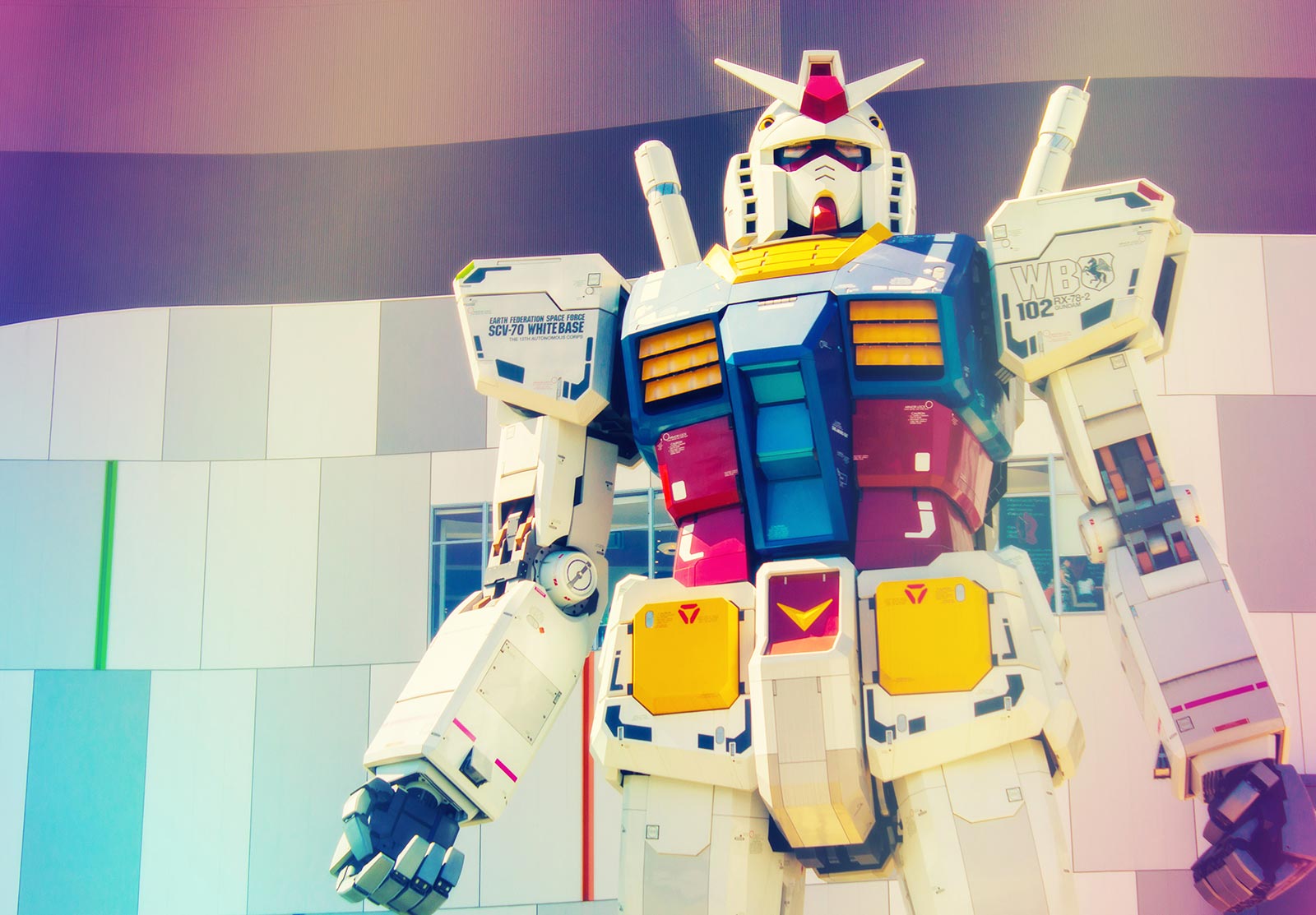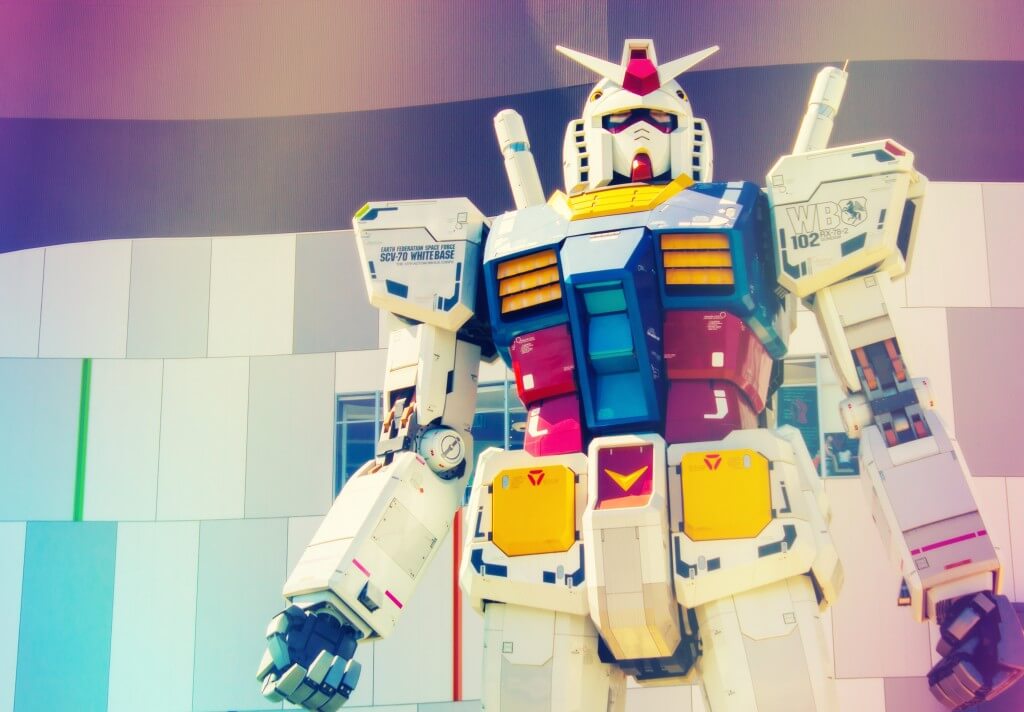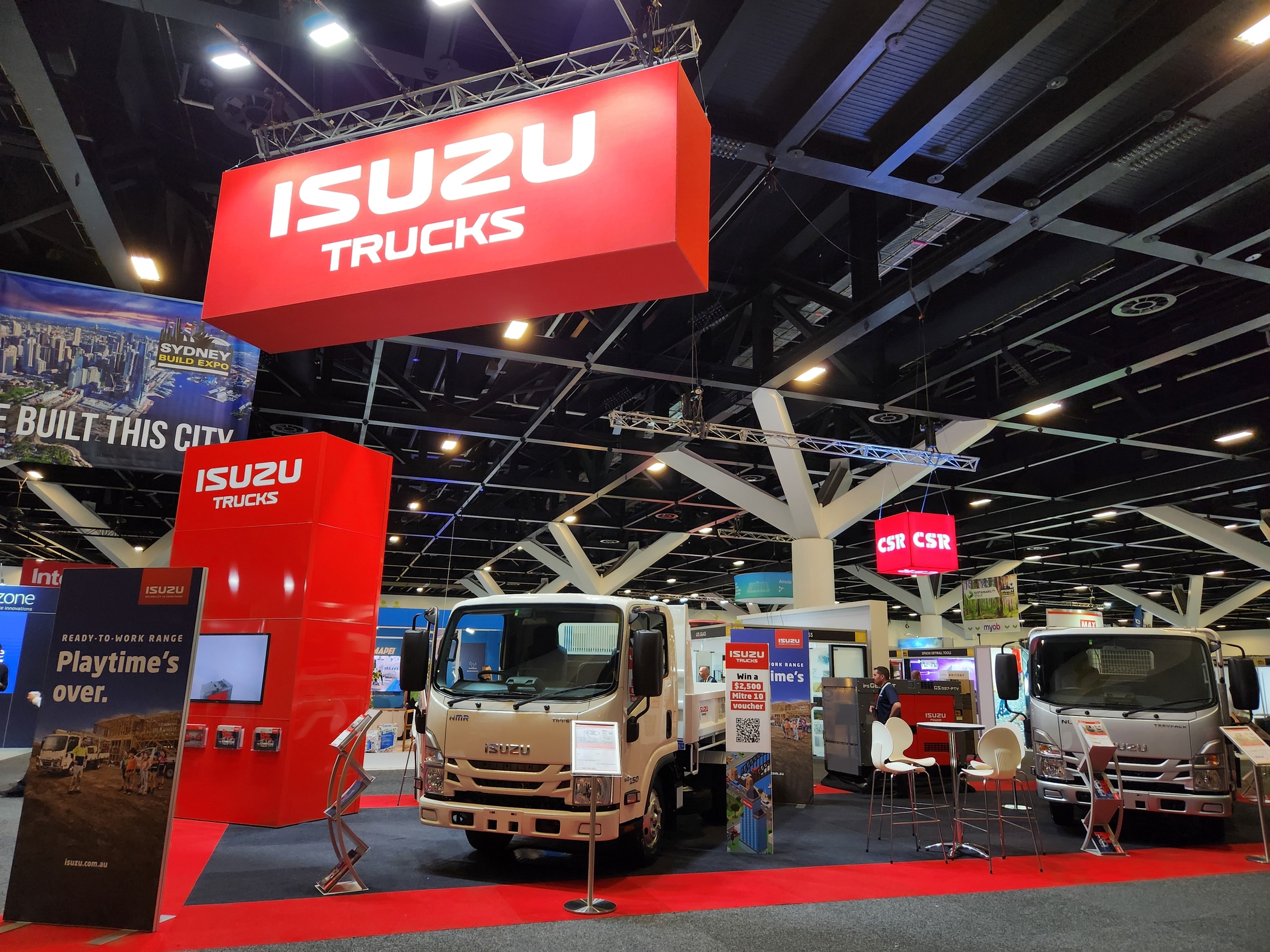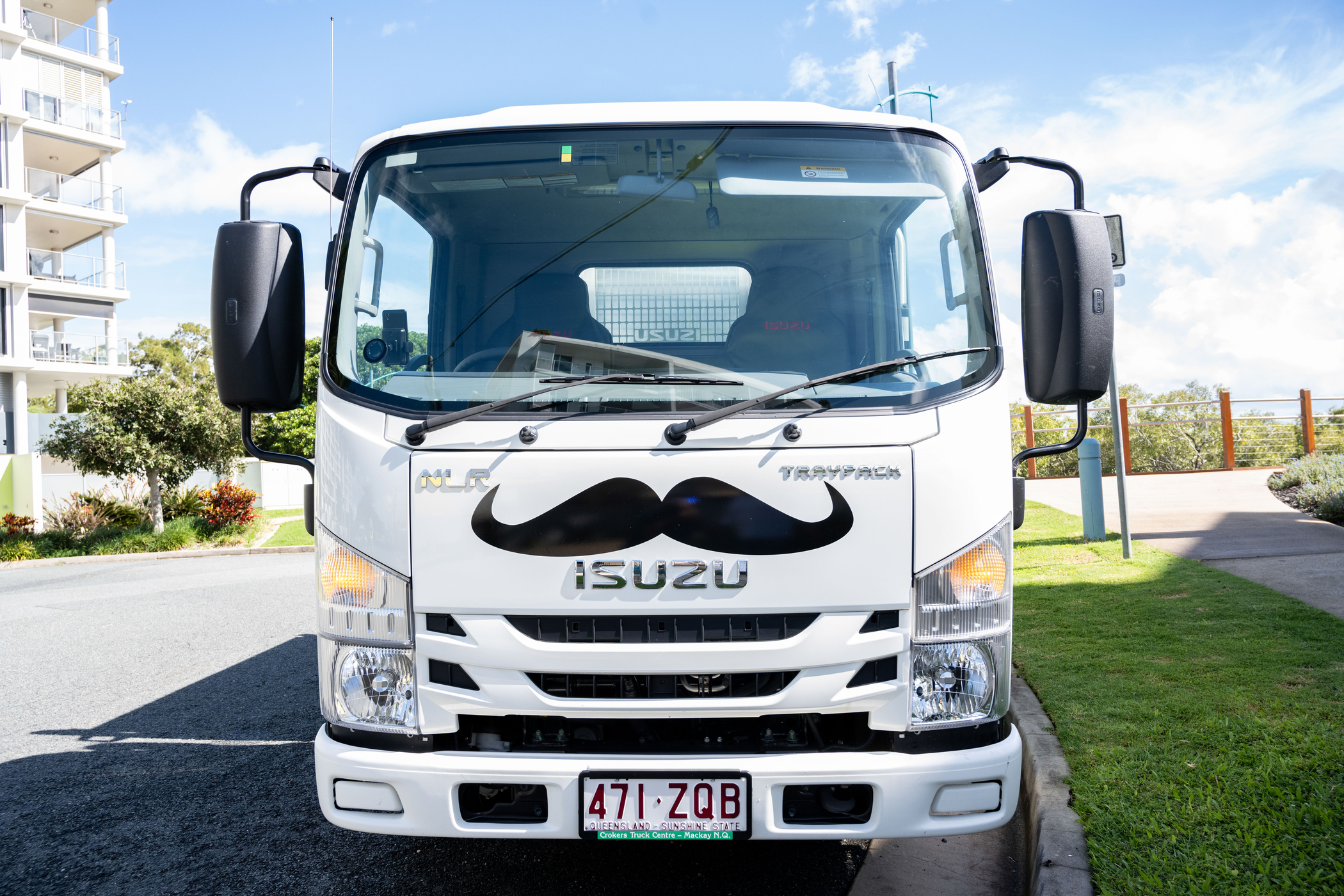PART 1: WHAT'S NEXT? THE RISE AND RISE OF AUTONOMOUS TECHNOLOGY

 From self-aware warships to self-driving vehicles, autonomous technology is creeping into almost every area of life and it’s already posing some very real ethical dilemmas for the road transport industry – and society at large. This year, the world’s leading robotics researchers made a public call-out for a ban to end the military adoption of autonomous technology, fuelling widespread debate about the role of artificial intelligence in our military – and the very real possibility of battlefields filled with, yep, you guessed it – killer robots. The same technology is underpinning the advancements that have been seen with self-driving trucks and semi-autonomous platooning trucks, proving that in the right hands, autonomous technology has the potential to make our industries more efficient and more productive. But on the flipside, that same technology could lead to a future more unpredictable and dangerous than it is today. We look at the good, the bad, and the downright unnerving prospects of more technology operating in our future, with fewer humans at the helm.
From self-aware warships to self-driving vehicles, autonomous technology is creeping into almost every area of life and it’s already posing some very real ethical dilemmas for the road transport industry – and society at large. This year, the world’s leading robotics researchers made a public call-out for a ban to end the military adoption of autonomous technology, fuelling widespread debate about the role of artificial intelligence in our military – and the very real possibility of battlefields filled with, yep, you guessed it – killer robots. The same technology is underpinning the advancements that have been seen with self-driving trucks and semi-autonomous platooning trucks, proving that in the right hands, autonomous technology has the potential to make our industries more efficient and more productive. But on the flipside, that same technology could lead to a future more unpredictable and dangerous than it is today. We look at the good, the bad, and the downright unnerving prospects of more technology operating in our future, with fewer humans at the helm.
Rise of the machines!
If we humans are anything, we’re avid storytellers with creative and sometimes overly active imaginations and we’ve long held an obsession with predicting the future. In more recent times, Robert Zemeckis’ hugely popular Back to the Future film series comes to mind, Ridley Scott’s Blade Runner and who could forget the captivating back-story to the more sinister Terminator film franchise? Terminator and its gaggle of sequels and prequels are of particular note because the writers weren’t too far off in some of their predictions, especially around the rise of artificial intelligence or ‘AI’. For those that aren't familiar with the series, the short story is the AI machines become 'self aware’ and wage war on the human race – and fairly successfully at that. Thankfully, we’re still a few years off the Hollywood blockbusters predictions, but the autonomous technology capable of creating ‘killer robots’ is already very much among us.
So what is AI?
Essentially AI is a form of intelligence exhibited by machines or software. It’s based upon the premise that man-made, artificial minds are capable of accurately simulating human intelligence. This includes complex human traits such as reasoning, planning, learning, language processing, communication, perception and the ability to manipulate objects.
Actual killer robots...no, really
The field of AI technology research really started to take flight in the early 1960s, with advancements in computer software, which saw computers winning at checkers, proving logical theorems and speaking English. Seeing the potential in the theatre of war, by the middle of the 1960s, research in the west became dominated by the military. Just last month, the United Nations met in Geneva to discuss the future of autonomous weapons, and an item on the agenda was Israel Aerospace Industries’ autonomous Harop drones. Designed to hone-in on the radio frequency emissions of enemy air defence systems, the drones then crash into their target. On the high seas, there are now self-aware warships in testing causing controversy in the United States. A 40-metre-long unarmed prototype, dubbed the ‘Sea Hunter,’ has been created by the Pentagon's Defence Advanced Research Projects Agency (DARPA). Designed to cruise the ocean for two to three months at a time searching for enemy submarines, the Pentagon say this is a step towards the incorporation of unmanned drones – with increasing autonomy – into the conventional air, land and sea military operations. These developments aren’t devoid of controversy though. Last month, over 1,000 robotics and artificial intelligence researchers signed an open letter calling for a ban on offensive autonomous weapons. Endorsed by the likes of Noam Chomsky and Steven Hawking, the letter states that while “AI has great potential to benefit humanity in many ways”, the risk of a military AI arms race needs to be stopped immediately by a “ban on offensive autonomous weapons beyond meaningful human control”.
It’s all around us
Technology isn’t always as alarming as AI warships and pilot-less kamikaze warplanes. In fact we’re probably a lot more used to dealing with autonomous technology than we already even realise. ATMs, smart-watches, coffee machines linked to apps, and even the ‘self-checkout’ in Woolies are all AI robots with a certain degree of autonomy. The number of autonomous devices is expected to surge by 2020, with billions of devices connected to the internet that are aware of their environment and able to make informed decisions. But what does the future look like for truck drivers with autonomous technology forming an increasing part of our transport future?


Playtime’s over, get $3,500* to spend on extras.
If you’re ready to get serious about tackling bigger jobs, grab yourself an NLR 45-150 AMT SWB Traypack from the Ready-to-Work range for $62,990 drive away*. And to prove we aren’t playing, buy any NLR Traypack before June 30 and you’ll get $3,500* to spend on genuine accessories or an Essentials service agreement.
Learn more



